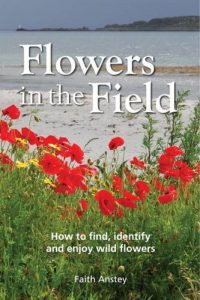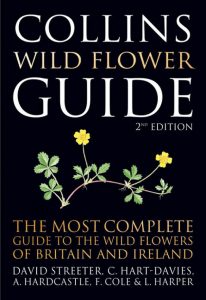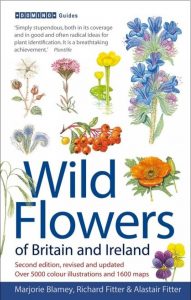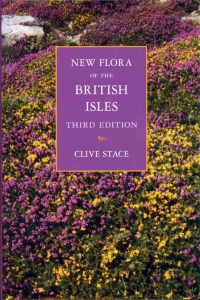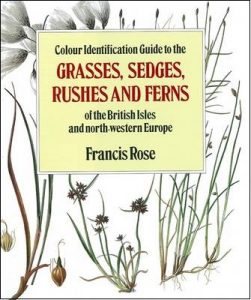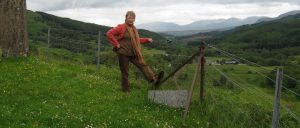Did you know that 94% of Britain isn’t built upon, that Snowdonia is larger and emptier than the Maasai Mara National Reserve, or that Scotland’s deer estates alone cover an area twice the size of Yellowstone National Park? Britain has all the empty space it needs for an epic wildlife recovery. So what’s stopping it from happening in our country – and how can we turn things around?
Rebirding: Rewilding Britain and its Birds is a bold roadmap to reverse the decline of bird populations in Britain, suggesting we need to restore ecosystems, rather than modify farmland.
Author, Benedict Macdonald offered his valuable time to answer our questions about his important new contribution to the discussion of rewilding.

What inspired you to become so passionate about restoring natural ecosystems?
In 2014, I began writing Rebirding in the certain knowledge that conservation in this country is failing, the birdsong around us is dying out every year, yet we have all the resources, skill and wildlife lobby to turn things around. I hope that in its small way, Rebirding will do for the UK what Sir David Attenborough’s Our Planet is beginning to do for worldwide conservation – to make people realise that nature is essential, profitable and saveable, even now – and that we have all the resources and skill to do so.
Tell us a little about your background and how you became interested in the natural world?
I never remember the moment of first being fascinated by nature, but I do remember that by the time I was five, I would make weekend visits to Berkeley Castle Butterfly Farm and was entranced by watching the butterflies drinking salts from my fingertips, and I began a collection of ones passed to me by the lady running it – after they had died. Then early trips to the Welsh coast, and Norfolk, transformed that interest into a lifelong love of birds as well. From there, their plight has drawn me into understanding and studying ecosystems and a far wider understanding of protecting nature. Since then, my love of the natural world, both as a naturalist and a TV director, has now taken me to over forty countries.
At 14, I first remember telling someone at a dinner party that I wanted to work in wildlife television. Since graduating from university, I’ve been lucky to work on a range of programmes such as Springwatch, The One Show and The Hunt for the BBC. Last week, aged 31, I attended the premiere of Sir David Attenborough’s Our Planet for Netflix, launching in the Natural History Museum in London. This is the largest conservation series ever made. I work as the researcher and a field director for the Jungles and Grasslands episodes, directing a number of sequences including desert-nesting Socotra cormorants, the secret life of the Alcon Blue butterfly, and the remarkable lives of the world’s only tool-using Orangutans.
In your opinion, what is the most detrimental practice to the wildlife of Britain?
We are often sold the untruth that what happens to British land is necessary for food production. This is almost entirely untrue. Only the profitable arable farms of the south, and east of our island, provide a bounty of food for our children. Dairy lawns and sheep farms in fact create tiny volumes of our daily diet relative to the land area they use. For example, 88% of Wales grows lamb, an optional food resource.
Of the epic wastage, however, the grouse moor is the ultimate. Eight percent of Britain’s land is burned for the creation of 0.0008% of its jobs and a contribution of just 0.005% to our GDP. For hundreds of years, thousands of beautiful wild animals have been removed, just so that Red Grouse can be turned into living clay pigeons and killed in their thousands once a year. Even hunters from other countries find this wasteful and disgusting. This area covers an area twice the size of Yellowstone National Park – blocking jobs and wildlife alike on an epic scale. Hunting estates in Finland or Sweden, by contrast, juggle the ambition of hunters to shoot a few animals with ecosystems of immense beauty and variety.
Wildlife and commerce are often presented as being in conflict, do you think this is a fair assessment, or can land stewardship that favours biodiversity over profit be of economic benefit?
This is surely the greatest imaginary conflict of our time, successful insinuated, perhaps, by the damaging economies that prevent nature from reaching its full economic potential in our country. In truth, wildlife IS commerce. Nature IS money.
Every year, even without a single charismatic megafauna such as Bison, Elk or Lynx running wild in our country, without a ‘Yellowstone’ or ‘Maasai Mara’, the English adult population make just over 3 billion visits to the natural environment each year, spending £21 billion as they do so. In Scotland, nature-based tourism is estimated to produce £1.4 billion per year, along with 39,000 FTE jobs.
In contrast, the current models of upland farming demand money from us to survive, but they do not reciprocate jobs, income or natural capital – this is life on benefits and there is no future for young people in it. In contrast, wherever nature is allowed to flourish, it’s capital potential is wondrous. In 2009, the RSPB’s lovely but very small reserves brought £66 million to local economies, and created 1,872 FTE jobs. This is more than all of England’s grouse moors, but in just a fraction of their land area.
Right now, however, we are just seeing snapshots of how nature can power and rekindle communities. In Rebirding we often look to other countries to see how true ecosystems could transform economies on a far greater scale. The final myth that we kick into touch is that Britain is short of space, 94% of our country is not built upon. Most of this area does not create essential food supplies – and is jobs-poor.
Is there one single practise or cultural shift that would be of most benefit to restoring natural ecosystems?
The Forestry Commission is the largest single land manager in Britain. It now needs to split its forests in two – rewilding key estates like the New Forest and the Forest of Dean: cutting down the spruce and replanting with native trees, then, crucially, leaving large native animals such as Beavers, Elk, cattle and horses to become the foresters. Economies in these forests would be driven through ecotourism revenues and perhaps some hunting. Elsewhere, timber forests would remain. It is hard to think of one single decision that could effect a greater transformation on British land than a decision to return Britain’s once world-class oak-lands to our nation. Another, however, would be if Scotland’s deer estates, which again cover an area twice the size of Yellowstone, could be incentivised to rewild and regrow their trees. Hunting could remain – but in this regrowing wilderness would be the potential for Elk, Lynx, Wildcats and a huge expansion in woodland species like Capercaillie.
Are you optimistic for the future of Britain’s wildlife?
Yes – but only if our conservationists act with the same pragmatism and determination as those who have prevented land reform for decades. In my closing chapter, I’ve argued that whilst farming unions behave with absolute conviction and coherence, our nature charities often simply say that a few more Skylarks would be nice. Only if we can unlock the economic arguments of nature, and harness the millions of voices effectively, will we see large areas rewilded in our country. It is the social and economic transformation that nature provides that needs to be realised – but for that, you need space, and power over land. At that moment, things will change. In my lifetime, I genuinely believe that after many fierce battles, we will see Dalmatian Pelicans flying over Somerset, and huge areas of Scotland, Wales and upland England slowly returned to a wilder state. But without absolute conviction this is possible, it will never come to pass.
Benedict Macdonald’s book is out now as part of our Spring Promotion
To discover further reading on the past, present and future of the British countryside, browse our collection.


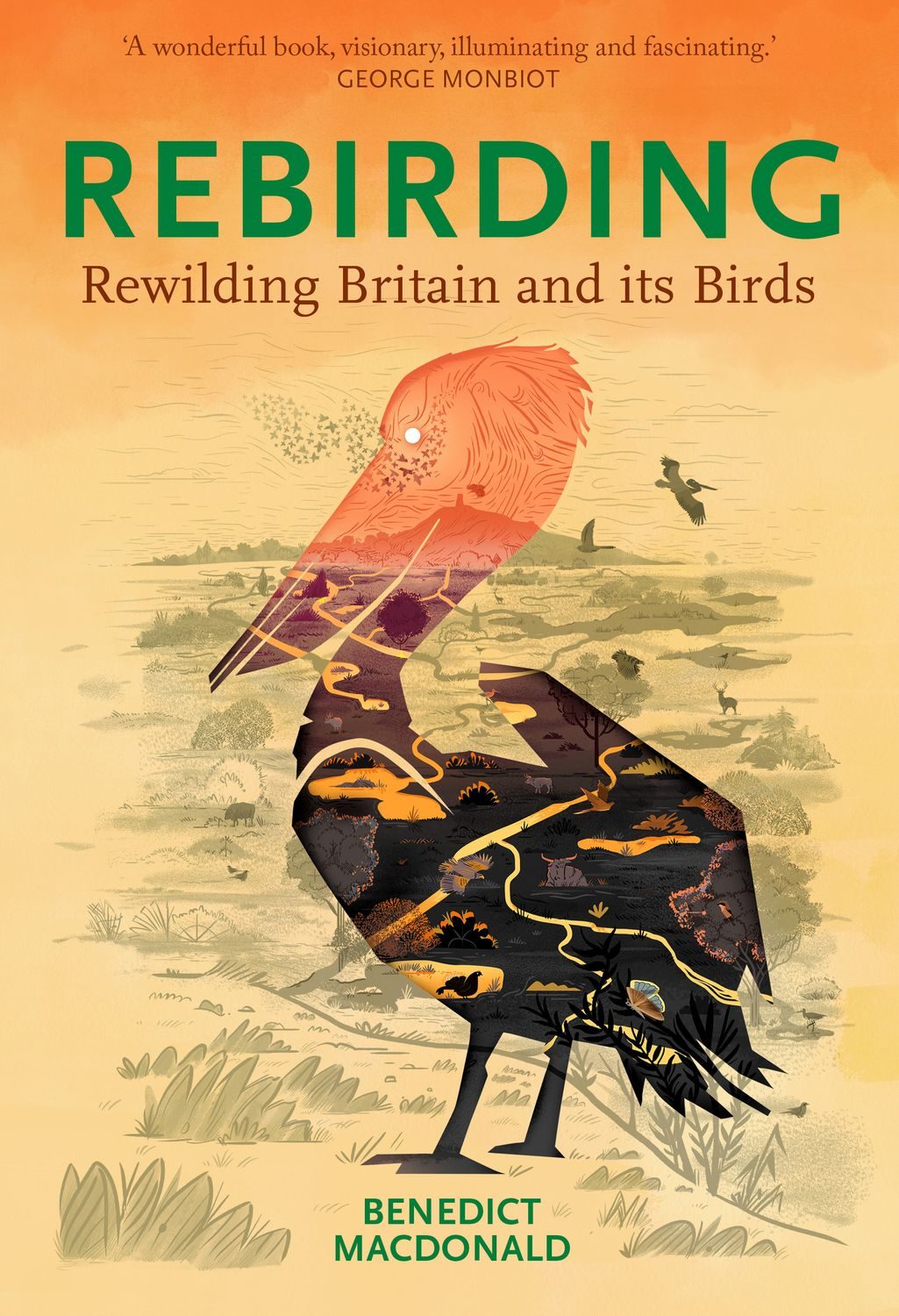
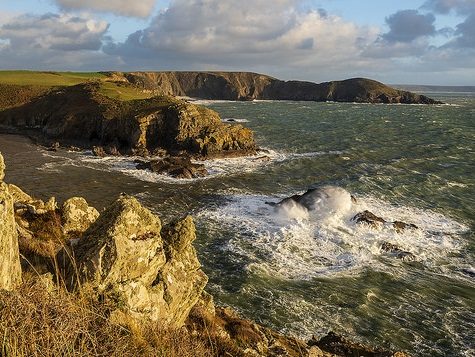

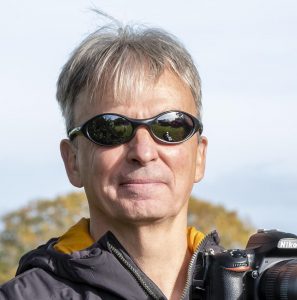
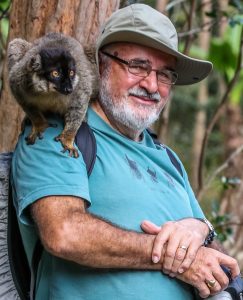
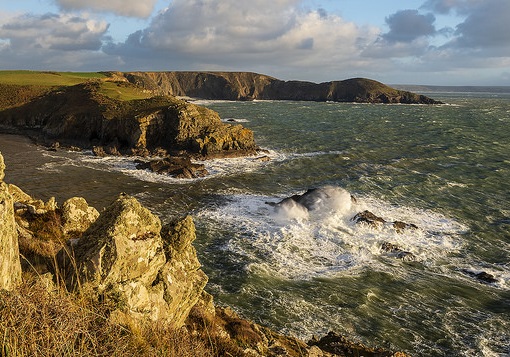
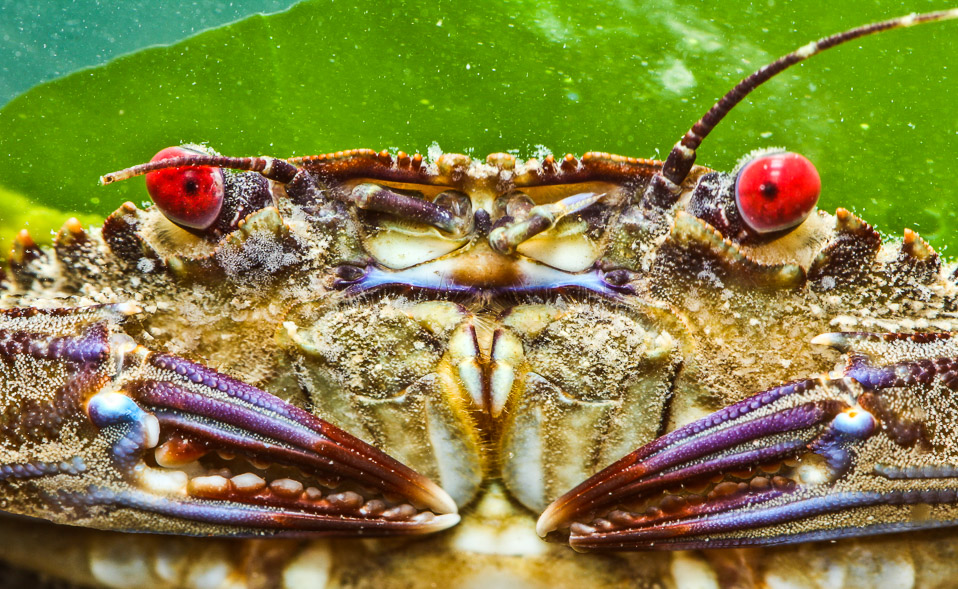
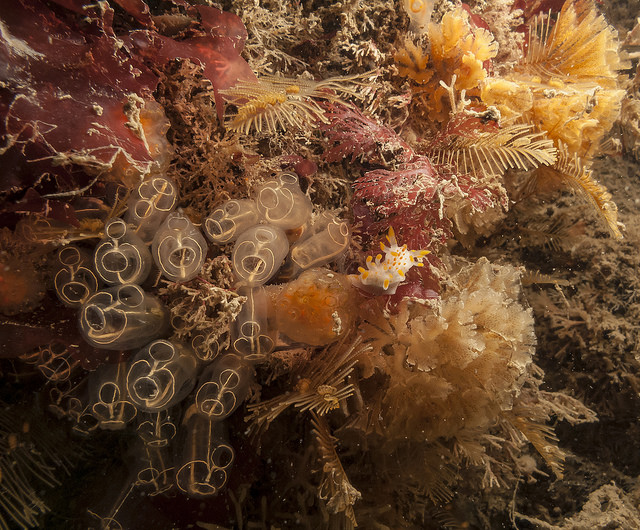
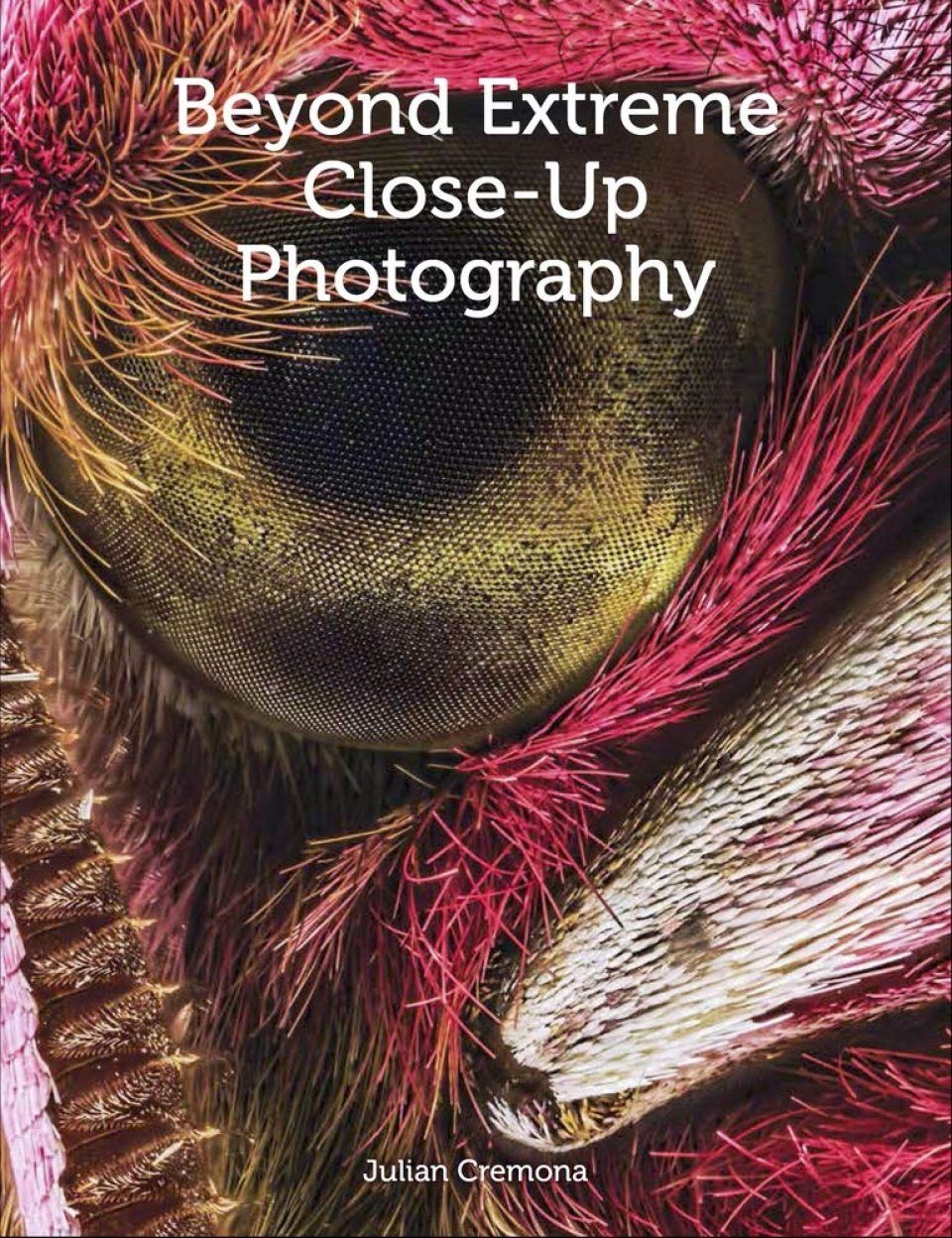
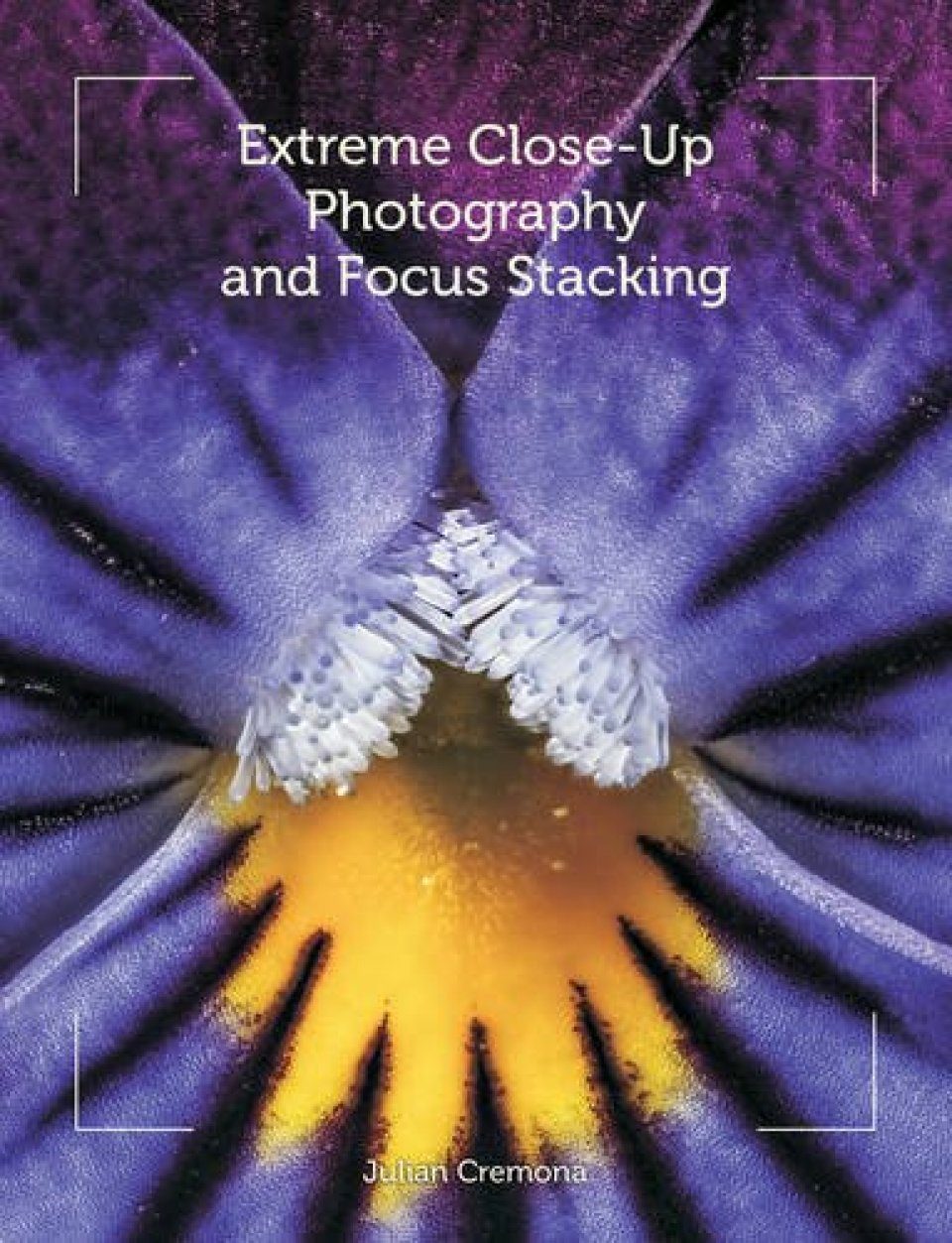
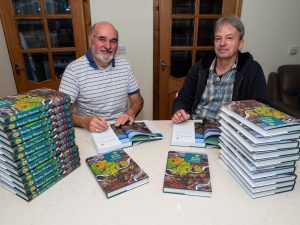
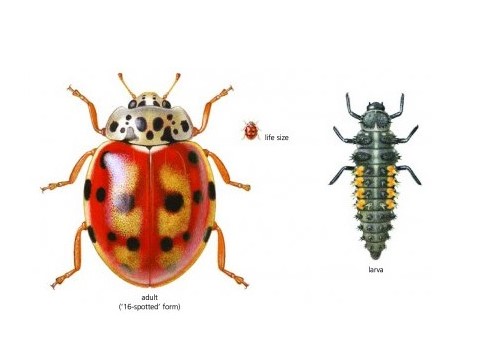
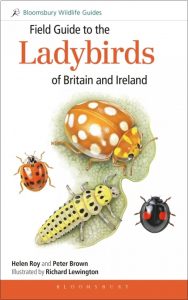
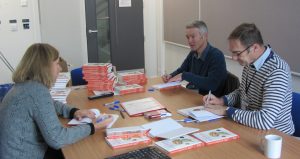
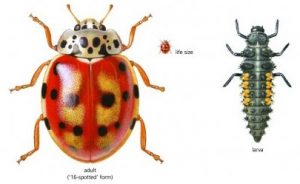
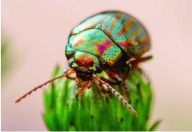
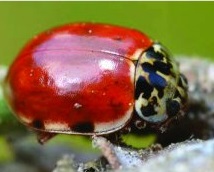
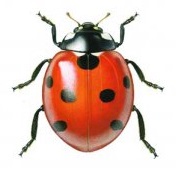
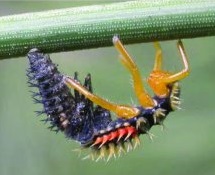
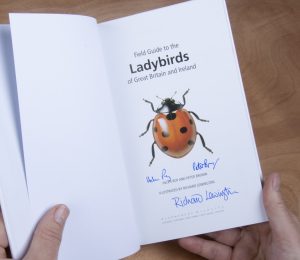
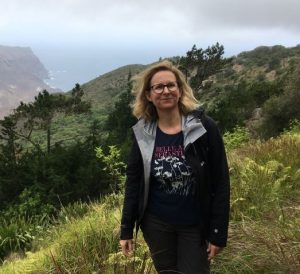 Professor Helen Roy’s research at the Biological Records Centre focuses on the effects of environmental change on insect populations and communities, and she is particularly interested in the dynamics of invasive species and their effects on native biodiversity.
Professor Helen Roy’s research at the Biological Records Centre focuses on the effects of environmental change on insect populations and communities, and she is particularly interested in the dynamics of invasive species and their effects on native biodiversity. Dr Peter Brown is an ecologist and senior lecturer in zoology at Anglia Ruskin University in Cambridge. His research focuses on three main areas: ladybirds, non-native species and citizen science.
Dr Peter Brown is an ecologist and senior lecturer in zoology at Anglia Ruskin University in Cambridge. His research focuses on three main areas: ladybirds, non-native species and citizen science.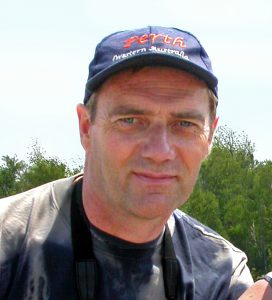 Richard Lewington is regarded as being one of the finest wildlife illustrators. His meticulous paintings of insects and other wildlife are the mainstay of many of the modern classics of field-guide art, including the
Richard Lewington is regarded as being one of the finest wildlife illustrators. His meticulous paintings of insects and other wildlife are the mainstay of many of the modern classics of field-guide art, including the 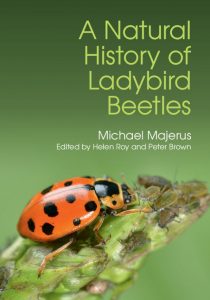
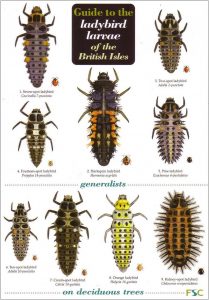
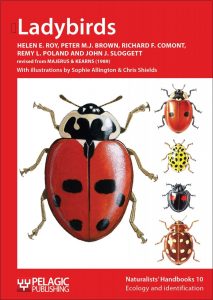
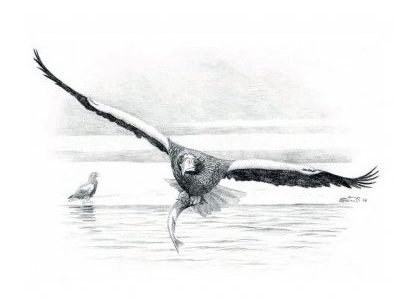
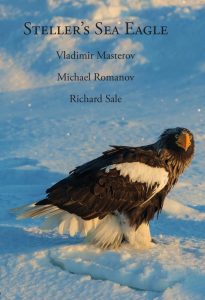
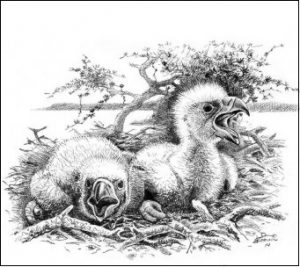
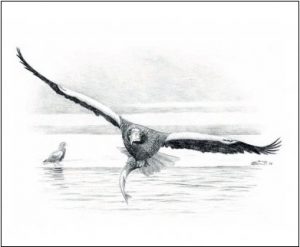
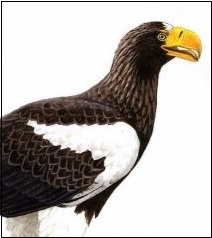
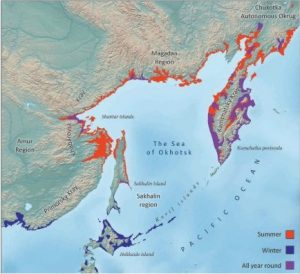
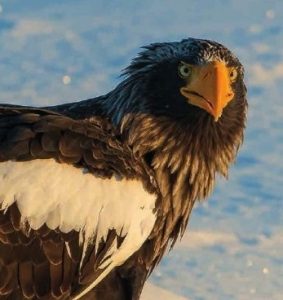
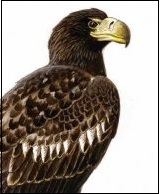
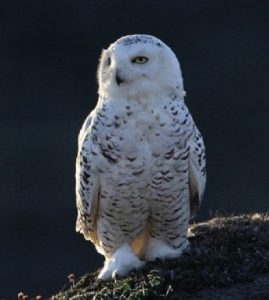

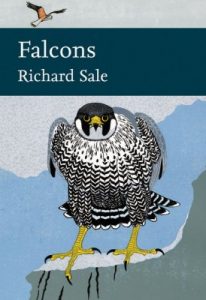
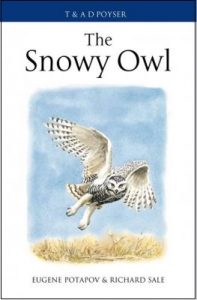
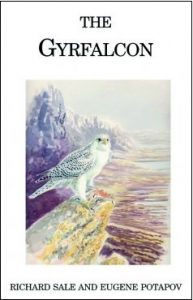
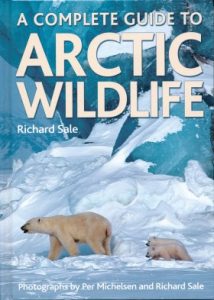
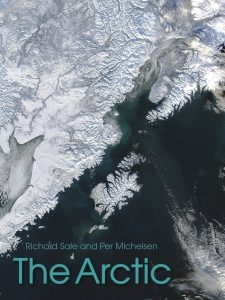
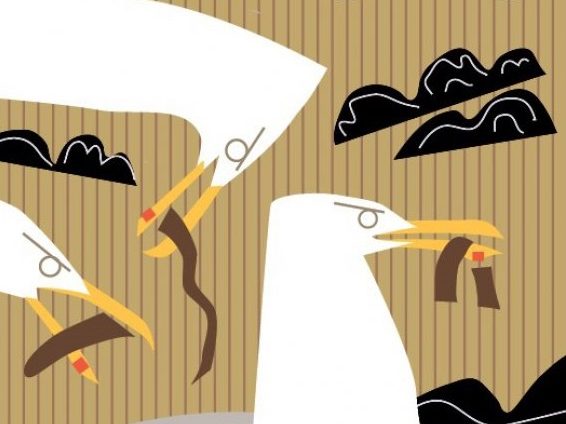
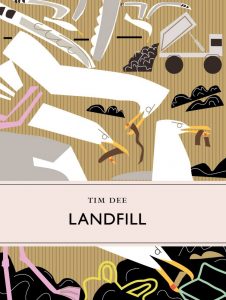
 Why did you choose to write about Gulls?
Why did you choose to write about Gulls? 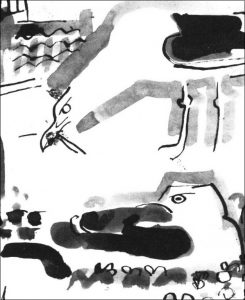
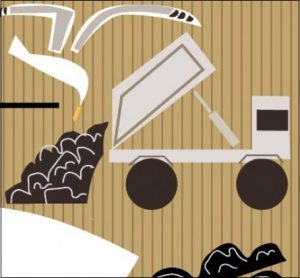 Gulls have proved to be adaptable, especially regarding human interaction; what changes have they already accomplished and what do you envisage for them in the next fifty or even one hundred years?
Gulls have proved to be adaptable, especially regarding human interaction; what changes have they already accomplished and what do you envisage for them in the next fifty or even one hundred years?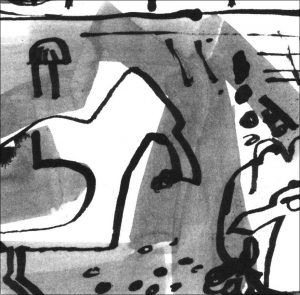
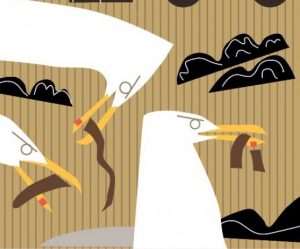
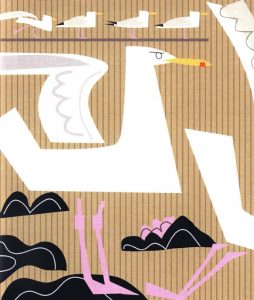
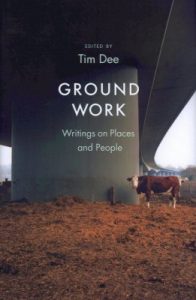
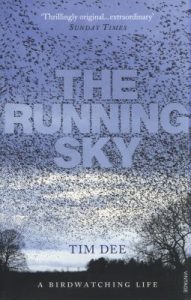
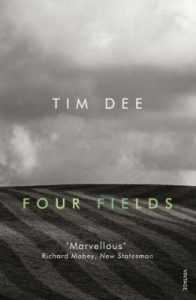
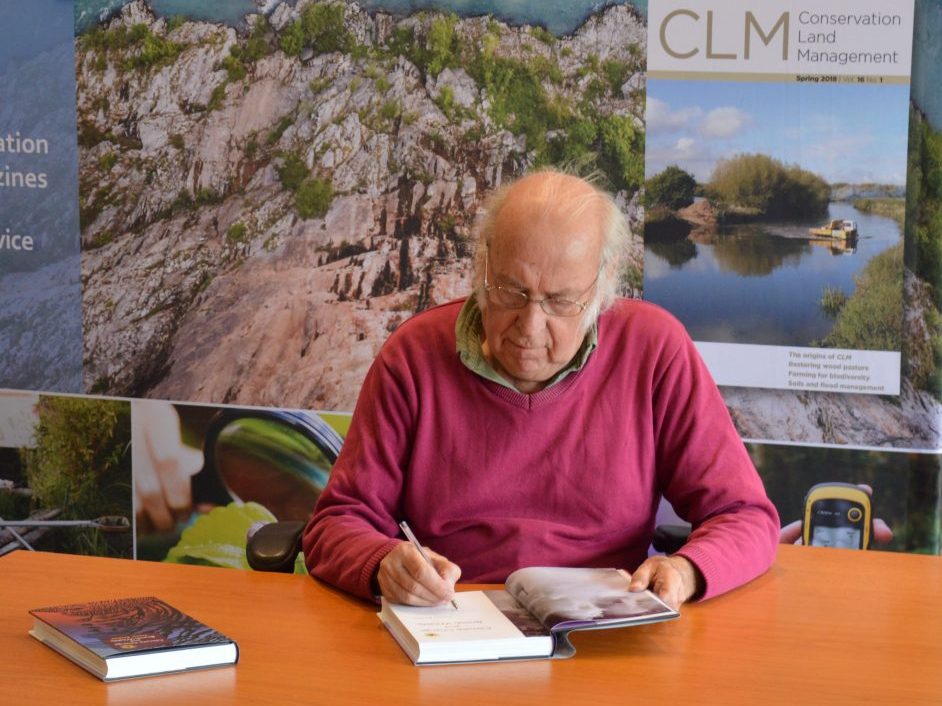
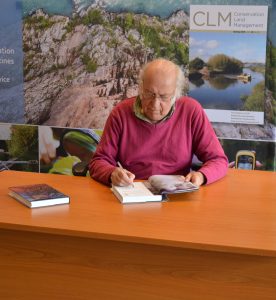
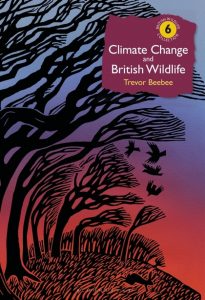
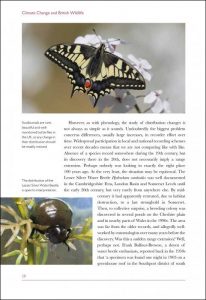
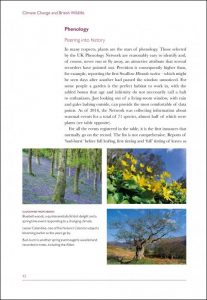
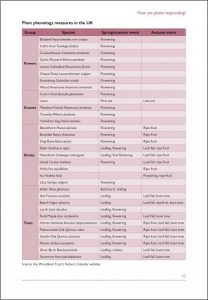
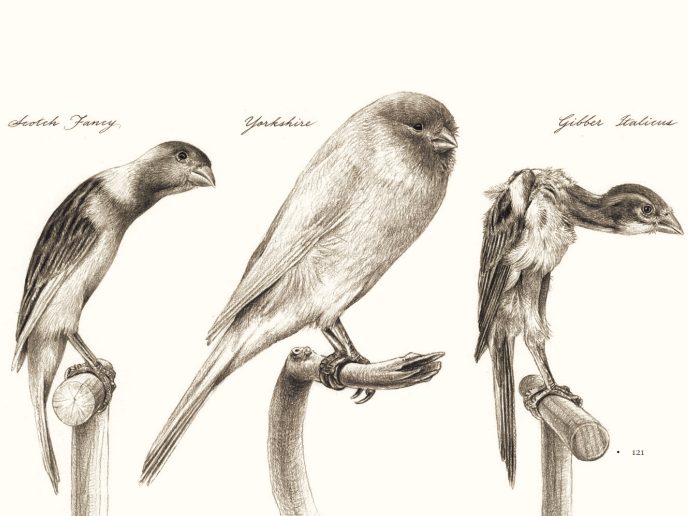
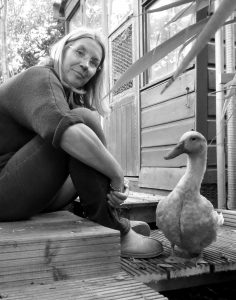
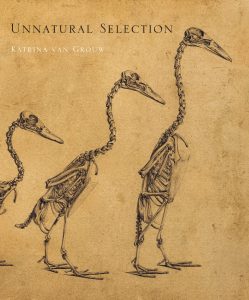 On your website, you write that you always had an interest in natural history, but that your talent in drawing made your teachers push you to pursue an art career, rather than studying biology. Did you ever consider a career as a scientific illustrator, something for which there must have been more of a market back then than there is now? If not, when and how did you decide to start combining your passion for biology with your talent as an artist?
On your website, you write that you always had an interest in natural history, but that your talent in drawing made your teachers push you to pursue an art career, rather than studying biology. Did you ever consider a career as a scientific illustrator, something for which there must have been more of a market back then than there is now? If not, when and how did you decide to start combining your passion for biology with your talent as an artist? You worked as curator of the bird skin collection of the London Natural History Museum. How did you end up there after an art degree?
You worked as curator of the bird skin collection of the London Natural History Museum. How did you end up there after an art degree?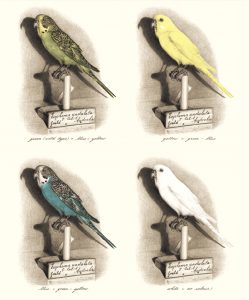 Your previous book, The Unfeathered Bird, took some 25 years from conception to publication, mostly as you found it very difficult to find a publisher. How did you manage to convince Princeton University Press to publish this book after so many rejections?
Your previous book, The Unfeathered Bird, took some 25 years from conception to publication, mostly as you found it very difficult to find a publisher. How did you manage to convince Princeton University Press to publish this book after so many rejections?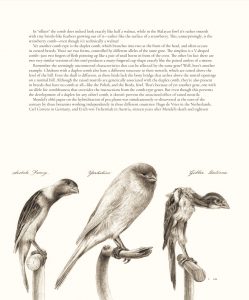 Your response to critics of breeding has been to counter their objection by saying “look at what nature has done to the sword-billed hummingbird!” which I thought was a sharp response. However, an animal welfare advocate might counter this argument by pointing out that natural selection can only push sword-billed hummingbirds so far. If this adaptation – the extension of the bill to retrieve nectar from ever deeper flower corollas – becomes maladaptive it will be selected against. Breeders, however, can select for traits that are maladaptive, because these animals grow up in an artificial environment where they are relieved of the pressures of natural selection. The shortened snouts and breathing problems of short-nosed dog breeds such as boxers come to mind. Obviously, if these traits become too extreme, the animals will not survive until reproductive age, but we can push them into a zone of discomfort and suffering through artificial breeding. What would your response to this be?
Your response to critics of breeding has been to counter their objection by saying “look at what nature has done to the sword-billed hummingbird!” which I thought was a sharp response. However, an animal welfare advocate might counter this argument by pointing out that natural selection can only push sword-billed hummingbirds so far. If this adaptation – the extension of the bill to retrieve nectar from ever deeper flower corollas – becomes maladaptive it will be selected against. Breeders, however, can select for traits that are maladaptive, because these animals grow up in an artificial environment where they are relieved of the pressures of natural selection. The shortened snouts and breathing problems of short-nosed dog breeds such as boxers come to mind. Obviously, if these traits become too extreme, the animals will not survive until reproductive age, but we can push them into a zone of discomfort and suffering through artificial breeding. What would your response to this be?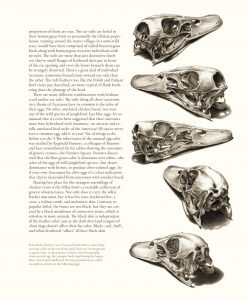 You write that the work on Unnatural Selection took six years of full-time work, around the clock. How long do you typically take to complete an illustration? And how do you manage to support yourself during this period, do you have freelance illustrations assignments on the side?
You write that the work on Unnatural Selection took six years of full-time work, around the clock. How long do you typically take to complete an illustration? And how do you manage to support yourself during this period, do you have freelance illustrations assignments on the side?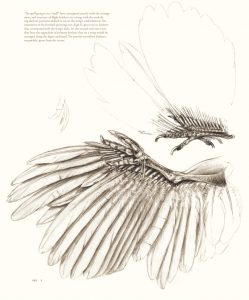 With two books now published by Princeton University Press, you seem to have started a very successful collaboration. How has the reception of this book been so far? Have you received nominations for prizes?
With two books now published by Princeton University Press, you seem to have started a very successful collaboration. How has the reception of this book been so far? Have you received nominations for prizes?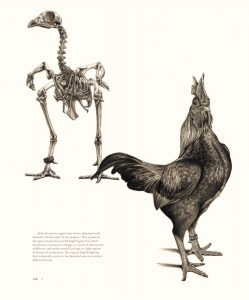 Will you continue to work on more books in the future? And are you already willing to reveal what you are working on next?
Will you continue to work on more books in the future? And are you already willing to reveal what you are working on next?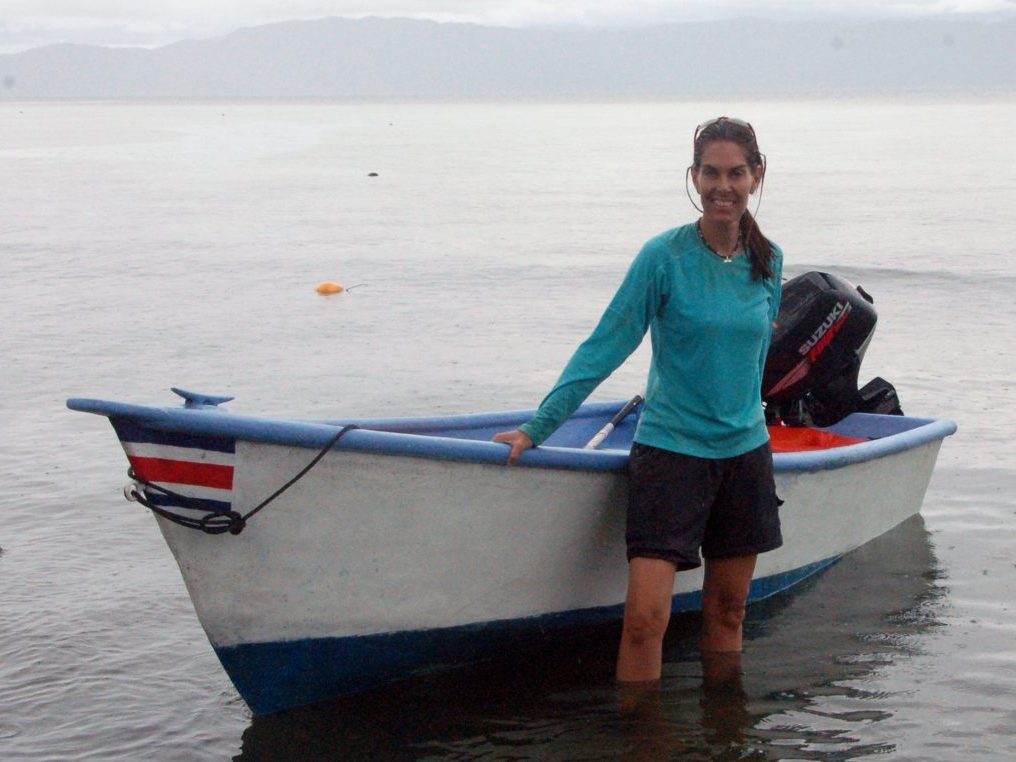
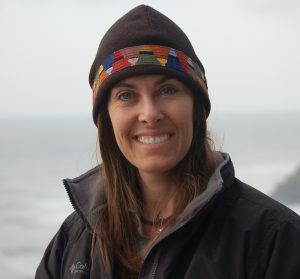
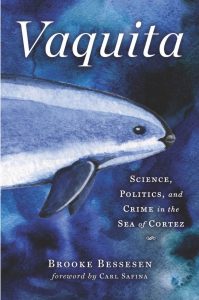 The vaquita entered the collective imagination (or at least, my imagination) when it became world news somewhere in 2017 and there was talk of trying to catch the last remaining individuals, something which you describe at the end of your story. Going back to the beginning though, how did you cross the path of this little porpoise?
The vaquita entered the collective imagination (or at least, my imagination) when it became world news somewhere in 2017 and there was talk of trying to catch the last remaining individuals, something which you describe at the end of your story. Going back to the beginning though, how did you cross the path of this little porpoise?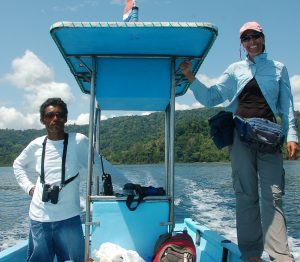 Once your investigation on the ground in Mexico gets going, tensions quickly run high. This is where conservation clashes with the hard reality of humans trying to make a living. Corruption, intimidation and threats are not uncommon. Was there ever a point that you were close to pulling out because the situation became too dangerous?
Once your investigation on the ground in Mexico gets going, tensions quickly run high. This is where conservation clashes with the hard reality of humans trying to make a living. Corruption, intimidation and threats are not uncommon. Was there ever a point that you were close to pulling out because the situation became too dangerous? 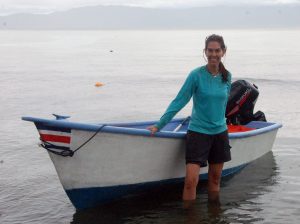 As the story progresses, more and more foreign interests enter this story. Sea Shepherd starts patrolling the waters, and Leonardo DiCaprio also gets involved, signing a memorandum of understanding with the Mexican president to try and turn the tide. What was the reaction of Mexicans on the ground to this kind of foreign involvement? Are we seen as sentimental, spoiled, rich Westerners who can afford unrealistic attitudes?
As the story progresses, more and more foreign interests enter this story. Sea Shepherd starts patrolling the waters, and Leonardo DiCaprio also gets involved, signing a memorandum of understanding with the Mexican president to try and turn the tide. What was the reaction of Mexicans on the ground to this kind of foreign involvement? Are we seen as sentimental, spoiled, rich Westerners who can afford unrealistic attitudes? 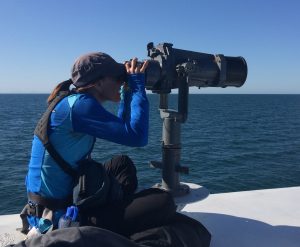 One side of the story I found missing from your book was that of the demand for totoaba swim bladders in China. I imagine it might have been too dangerous or time-consuming (or both) to expand your investigation to China as well. How important and how feasible do you think it is to tackle the problem from that side? Without a demand for totoaba bladders, the vaquita wouldn’t face the threats of gillnets after all.
One side of the story I found missing from your book was that of the demand for totoaba swim bladders in China. I imagine it might have been too dangerous or time-consuming (or both) to expand your investigation to China as well. How important and how feasible do you think it is to tackle the problem from that side? Without a demand for totoaba bladders, the vaquita wouldn’t face the threats of gillnets after all. 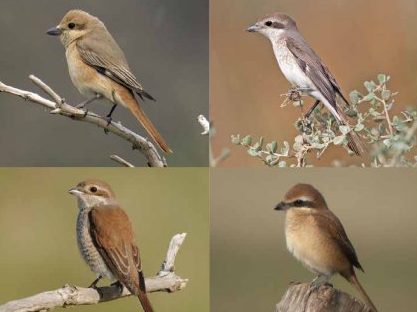
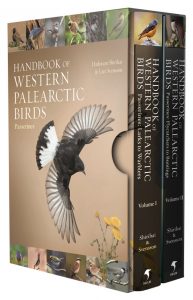
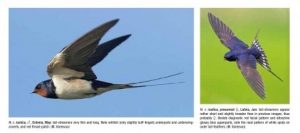 Lars: Let us say that in my case only 15 of these 18 years were spent on the new handbook. I was involved in doing the second edition of the
Lars: Let us say that in my case only 15 of these 18 years were spent on the new handbook. I was involved in doing the second edition of the 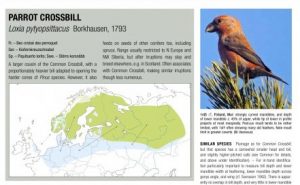 Hadoram: At least as I see it, BWP was made some 20-30 years ago when it was still possible to squeeze information into one project – on distribution, population estimates, atlas, ecology, seasonal biology, behaviour, voice, and so on, as well as identification and variation (but with generally only very basic illustrations, paintings) – and to be satisfied with it!
Hadoram: At least as I see it, BWP was made some 20-30 years ago when it was still possible to squeeze information into one project – on distribution, population estimates, atlas, ecology, seasonal biology, behaviour, voice, and so on, as well as identification and variation (but with generally only very basic illustrations, paintings) – and to be satisfied with it!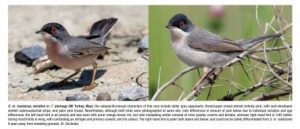 Lars: To assemble the many photographs (there are well over 4000 photographs together in the two passerine volumes) and to achieve full coverage of male and female, young and adult, sometimes also in both spring and autumn, plus examples of distinct subspecies, was of course a major challenge. Hadoram was in charge of this and did a great job, and we got good support from our publisher setting up a home page for the project where photographers could see what we still needed photographs of. Thanks to the prolonged production, many gaps (if not all!) were filled during our course.
Lars: To assemble the many photographs (there are well over 4000 photographs together in the two passerine volumes) and to achieve full coverage of male and female, young and adult, sometimes also in both spring and autumn, plus examples of distinct subspecies, was of course a major challenge. Hadoram was in charge of this and did a great job, and we got good support from our publisher setting up a home page for the project where photographers could see what we still needed photographs of. Thanks to the prolonged production, many gaps (if not all!) were filled during our course.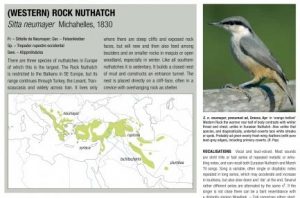 Hadoram: Lars described in his answers very well, the combined efforts with the museum collections work and building the photographic collections and selections for the project.
Hadoram: Lars described in his answers very well, the combined efforts with the museum collections work and building the photographic collections and selections for the project.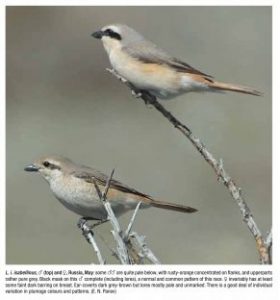 Lars: Digital photography and the existence of internet and websites for documentation and discussion of bird images are the main changes compared to when I started as a birdwatcher. This has speeded up the exchange of news and knowledge in a remarkable way. True, field-guides and birding journals keep offering better and better advice on tricky identification problems, and optical aids have developed to a much higher standard than say 50 years ago. But the new cameras with stabilised lenses and autofocus have meant a lot and have enabled so-called ‘ordinary’ birders to take excellent photographs. This has broadened the cadre of photographers and multiplied the production of top class images of previously rarely photographed species. Which of course made
Lars: Digital photography and the existence of internet and websites for documentation and discussion of bird images are the main changes compared to when I started as a birdwatcher. This has speeded up the exchange of news and knowledge in a remarkable way. True, field-guides and birding journals keep offering better and better advice on tricky identification problems, and optical aids have developed to a much higher standard than say 50 years ago. But the new cameras with stabilised lenses and autofocus have meant a lot and have enabled so-called ‘ordinary’ birders to take excellent photographs. This has broadened the cadre of photographers and multiplied the production of top class images of previously rarely photographed species. Which of course made 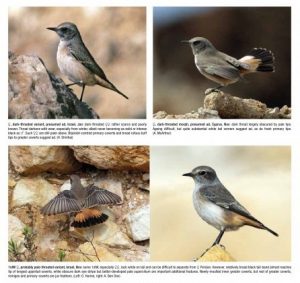 Lars: I have planned for many years now to revise my
Lars: I have planned for many years now to revise my 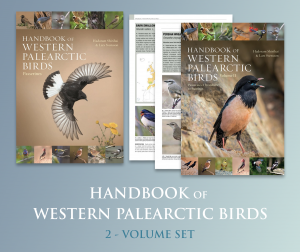
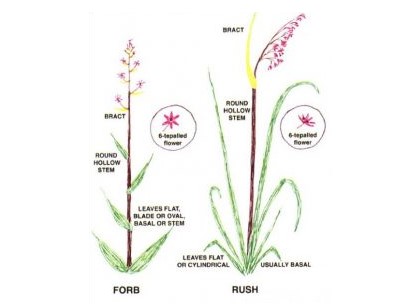

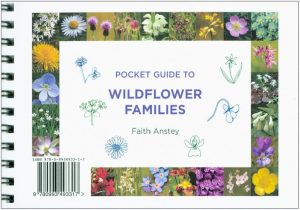
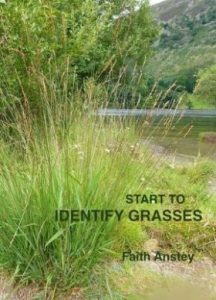
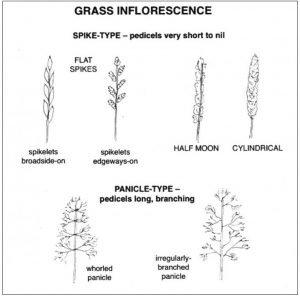 My books are not field guides at all. A field guide gives you a list of plant names, with pictures and descriptions, sometimes with a brief introduction. My books are all introduction: to field botany in general, to plant families and to grasses (maybe sedges and rushes next year . . .). A beginner armed only with a field guide has either to work their way from scratch through complicated keys, or to play snap: plant in one hand, book in the other; turn the pages until you find a picture that matches – ‘snap!’ By contrast, my books lead you into plant identification by logical routes, showing you where to look and what to look for. Their aim is to show you how to do ID for yourself.
My books are not field guides at all. A field guide gives you a list of plant names, with pictures and descriptions, sometimes with a brief introduction. My books are all introduction: to field botany in general, to plant families and to grasses (maybe sedges and rushes next year . . .). A beginner armed only with a field guide has either to work their way from scratch through complicated keys, or to play snap: plant in one hand, book in the other; turn the pages until you find a picture that matches – ‘snap!’ By contrast, my books lead you into plant identification by logical routes, showing you where to look and what to look for. Their aim is to show you how to do ID for yourself.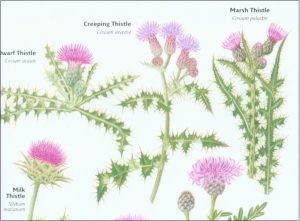
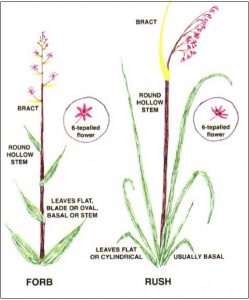 If you possibly can, go on a workshop for a day, a weekend or even a whole week. Having a real live person giving enthusiastic teaching, someone to answer all your questions and fresh plants to study is the best thing you can do. Look for a local botany or natural history group you can join, and go on their field meetings. When you get even a little more serious about your study, join Plantlife and/or the Botanical Society of Britain & Ireland. Identiplant is a very good online course but it is not really suitable for absolute beginners. Be a bit careful with apps and websites: some are incredibly complex, some seem to be aimed at five-year-olds, others are just inaccurate and misleading. The best ID websites I am aware of are run by the
If you possibly can, go on a workshop for a day, a weekend or even a whole week. Having a real live person giving enthusiastic teaching, someone to answer all your questions and fresh plants to study is the best thing you can do. Look for a local botany or natural history group you can join, and go on their field meetings. When you get even a little more serious about your study, join Plantlife and/or the Botanical Society of Britain & Ireland. Identiplant is a very good online course but it is not really suitable for absolute beginners. Be a bit careful with apps and websites: some are incredibly complex, some seem to be aimed at five-year-olds, others are just inaccurate and misleading. The best ID websites I am aware of are run by the 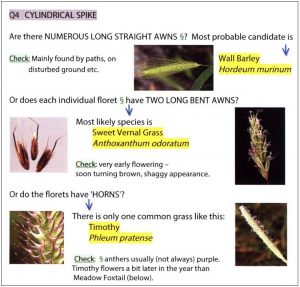 The main threat is not people picking a few to study, or even simply to enjoy at home. Climate change is, of course, a threat in one sense, but I believe we shouldn’t necessarily dread the rise of ‘aliens’ from warmer climates which are now able to establish themselves here. Every plant in Britain was once an alien, after the last Ice Age ended, and I would rather learn to live with change than blindly try to turn the clock back. There may be a few exceptions like Japanese Knotweed, but their evils are often exaggerated and some natives like bracken can be equally invasive. The real problem we face is habitat loss: to house-building and industry, land drainage, vast monocultural fields without headlands, destruction of ancient forests and so on. And this is an area where watchfulness and action really can make a difference.
The main threat is not people picking a few to study, or even simply to enjoy at home. Climate change is, of course, a threat in one sense, but I believe we shouldn’t necessarily dread the rise of ‘aliens’ from warmer climates which are now able to establish themselves here. Every plant in Britain was once an alien, after the last Ice Age ended, and I would rather learn to live with change than blindly try to turn the clock back. There may be a few exceptions like Japanese Knotweed, but their evils are often exaggerated and some natives like bracken can be equally invasive. The real problem we face is habitat loss: to house-building and industry, land drainage, vast monocultural fields without headlands, destruction of ancient forests and so on. And this is an area where watchfulness and action really can make a difference.